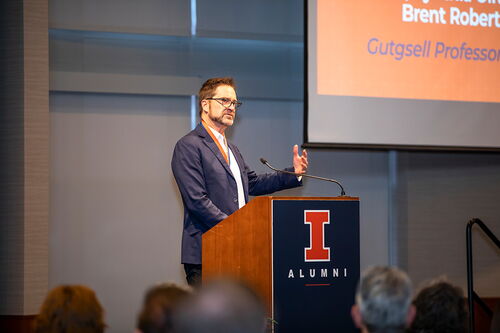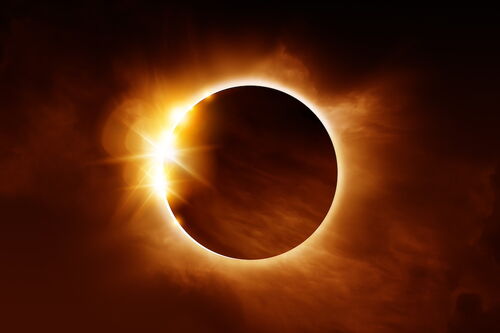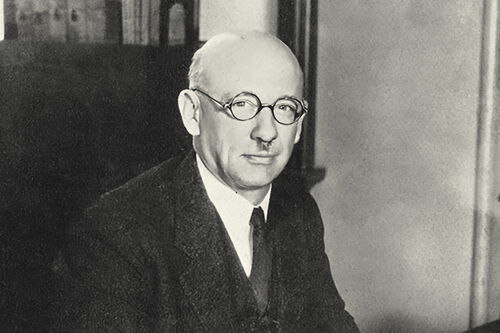Researchers map dark matter and dark energy in space
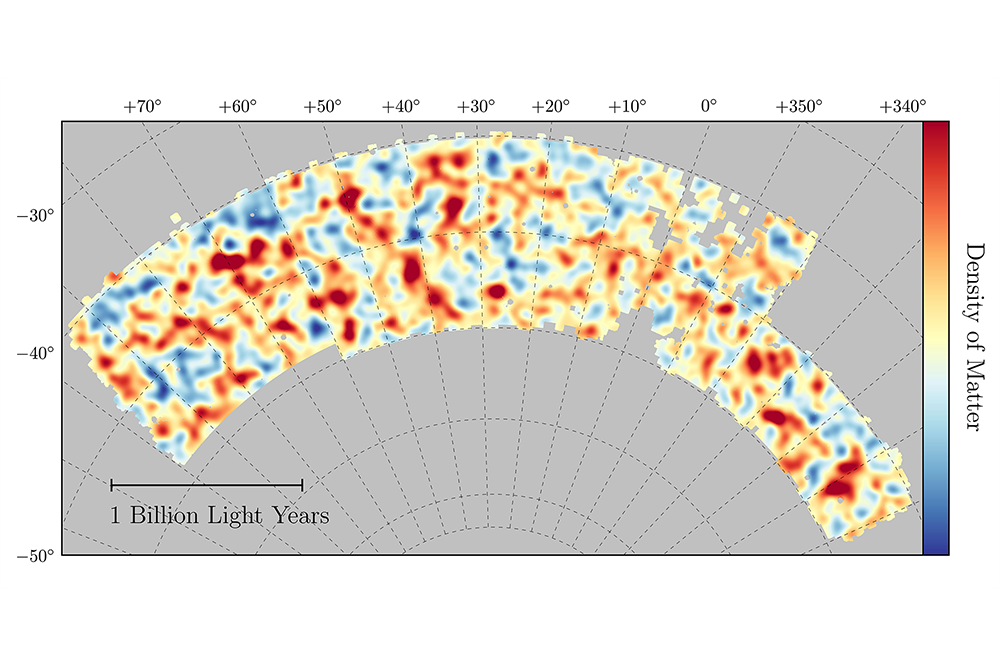
New measurements from data processed at the University of Illinois verify the theory that 26 percent of the universe is in the form of mysterious dark matter and that space is filled with an also-unseen dark energy, which is causing the accelerating expansion of the universe and makes up 70 percent of the universe’s contents.
The new results come from data from the first year of observations of the Dark Energy Survey. These measurements of the amount and distribution of dark matter in the present-day cosmos were made with a precision that, for the first time, rivals that of measurements of the early universe captured by the European Space Agency's orbiting Planck observatory.
The new DES result is close to predictions made from the Planck measurements of the distant past, allowing scientists to see the current structure of the universe as clearly as they can see its infancy, and understand more about the ways the universe has evolved over its 14 billion years.
Felipe Menanteau, a research associate professor in the Department of Astronomy and a research scientist at the National Center for Supercomputing Applications who, along with astronomy research associate professor Robert Gruendl, was a co-author on the paper detailing the results, said that this confirmation was a long time coming.
“For nearly two decades we've known that we live in this mysterious universe filled by dark energy and dark matter where less than 5 percent of matter is made of stuff like us, normal matter and light,” Menanteau said. “We've made a lot of progress since then, but for the first time we have been able to make a precise map of the distribution of matter in the universe using only the light and the location of distant galaxies that we've collected using the Dark Energy Camera and processed at supercomputers at the University of Illinois."
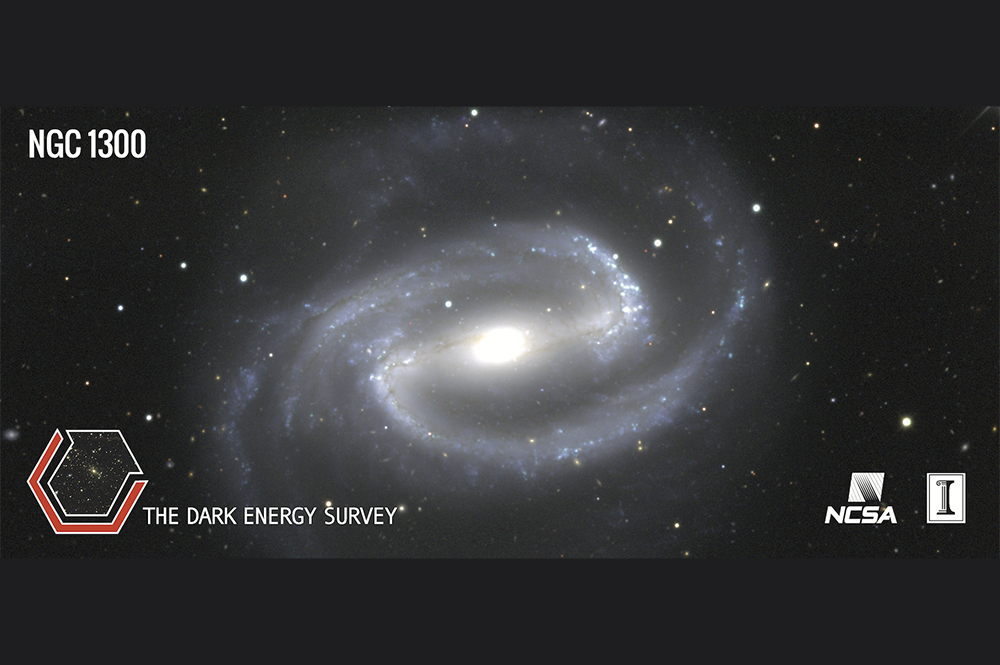
Gilbert Holder, theoretical astrophysicist and cosmologist at Illinois, said the results are a major milestone in observational cosmology.
“The backbone of all of these analyses is the data processing; without a good pipeline for managing these massive amounts of data, none of the science gets done,” he said. “It is a huge contribution on the part of NCSA, both in terms of managing the data flow but also with processing the data to a size that could be easily shared with their collaborators around the world.”
NCSA leads data management for the DES project with support from the National Science Foundation, receiving large volumes of observations over high-speed networks from the telescope in Chile and using the Blue Waters supercomputer and Illinois Campus Cluster Program to review, process, and release the data products to the public and scientific community.
NCSA, along with Fermilab and the National Optical Astronomy Observatory are the founding institutions for the DES. The project is a pathfinder for the next generation of surveys, the Large Synoptic Survey Telescope.
The new measurements and data were processed by the Dark Energy Survey Data Management at NCSA. Results are being released online.
"It has been a long, hard road to develop and deploy the DESDM," said Nigel Sharp, Program Officer at the NSF for both DESDM and the LSST, but these excellent results make it all worthwhile."
NCSA co-produced the documentary, Seeing the Beginning of Time, featuring Menanteau and his colleagues from the Dark Energy Survey as they mine the recesses of deep space searching for light from distant galaxies to learn how dark matter has shaped our universe.
DES is a collaboration of more than 400 scientists from 26 institutions in an ongoing five-year effort to map the southern hemisphere. When completed, DES will map 300 million galaxies and tens of thousands of galaxy clusters.






